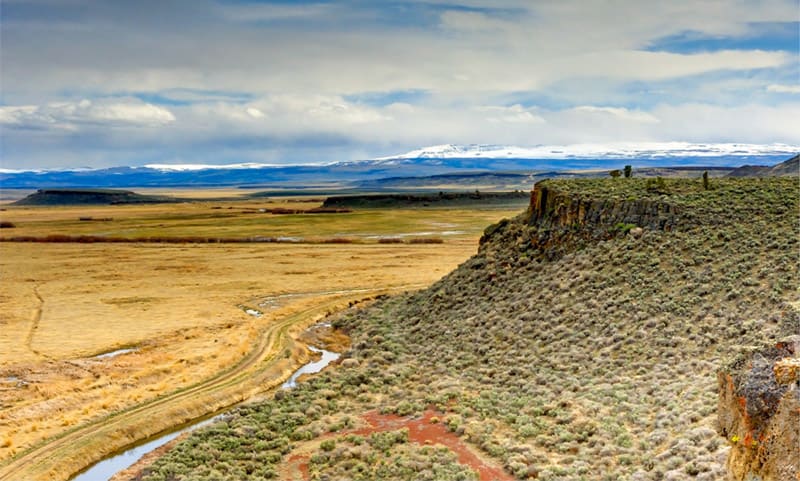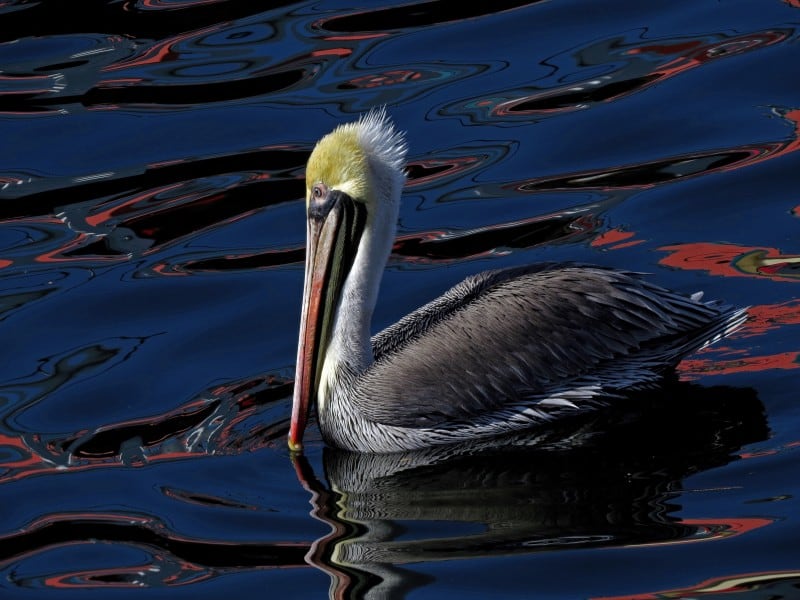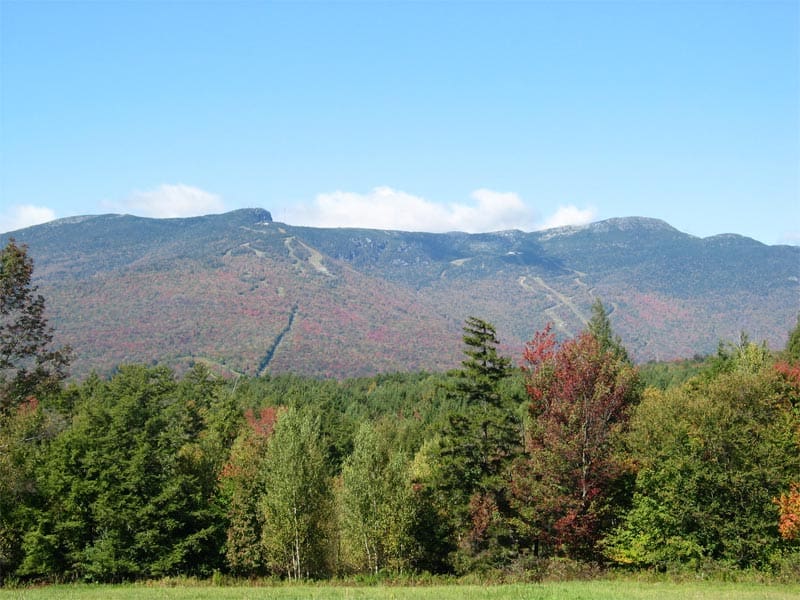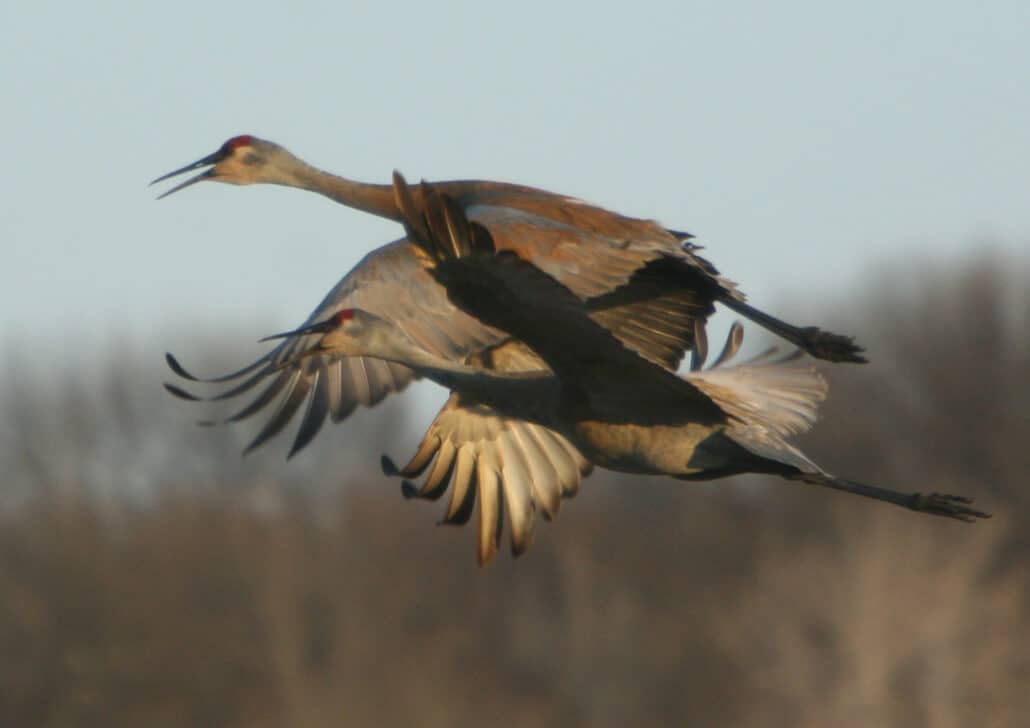With a herd of cows and half-dozen Mexican vaqueros, Peter French arrived in southeast Oregon in 1872 on building a cattle empire. He was wildly successful and equally unpopular, paying with his life when an angry competitor shot him off his horse.
With a pair of binoculars, a spotting scope, and a Canon camera with a 300mm lens, I arrived at French’s P Ranch — 130 years later — bent on finding a reported magnolia warbler, a rare vagrant in these parts. Alas, I was wildly unsuccessful. The warbler had flown, but it had been another great day of birding at Malheur National Wildlife Refuge, a 30-mile-long section of marshland that puts a green patch on an otherwise dingy-colored map.
Today Pete French’s wet spot in the high desert offers an oasis for birds and birders alike, with a twist of the Old West.
By order of President Theodore Roosevelt the refuge was designated in 1908 to protect egrets and other water birds from slaughter by plum hunters. Sing then, birders have flocked to the 185,000-acre refuge to catch glimpses of the more than 300 species that have been recorded here.
I’ve been hooked ever since I first experience the place from the seat of a bicycle at the age of six. After pedaling on the bumpy gravel roads for hours in the hot sun, with a sore backside and a sunburned neck, I was literally stopped in my tracks when a great horned owl swooped out of the willows and flew within inches of my head. For me that was the beginning of a long love affair with the land and birds.
One of the most expansive wetland complexes in North America, the refuge sweeps across an intricate network of marshy meadows, ponds, sloughs, lakes and wetlands up into rimrocks and sagebrush-covered hills. This bird sanctuary is shaped like a capital T, with Harney, Mud, and Malheur lakes forming the horizontal bar of the T, and the Donner und Blitzen River threading down the center of the vertical bar of the T. Much of the refuge, with the exception of the lakes, is intensely developed with manmade structures, such as dams, and ditches, that manipulate the water to create wildlife habitat. Water levels vary naturally from year to year, with an average of 45,000 acres of water covering the refugee per year.
For birds breeding and wintering in the area or just passing through on their migration along the Pacific fly-way, Malheur offers a variety of habitats and a safe haven of greens and blues in a parched land of yellows and browns.
Here majestic sandhill cranes, blizzards of snow geese, a full palette of songbirds, congregations of avocets and stilts, and a laundry list of geese and ducks go about their business under the sharp, watchful eyes of the occasional raptor. Malheur is especially known for its cranes. You’ll find it’s worth the trip just to witness the carful mating rituals of the sandhills. I have watched spellbound as these huge birds repeatedly and delicately arched their necks to the ground, caught and bit of cow dung in their beaks, and then flung the morsel into the wind.
Although a variety of birds may be seen year-round a Malheur, the most productive time to visit is during migration, in the spring or fall, when as many as 100 species can be seen in a day. Spring waterfowl migration begins in February and peaks in March, bringing lesser sandhill cranes, snow and Ross’s geese, northern shovelers, cinnamon teal, northern pintails, and buffleheads. Songbird migration peaks in mid-May, filling the air with trills and notes of yellow warblers, Wilson’s warblers, Bullock’s orioles, black-headed grosbeaks, yellow-breasted chats, sage sparrows, western meadowlarks, and yellow-headed blackbirds. Shorebirds on the refuge are most numerous in fall, when mudflats created by receding water levels attract thousands of black-necks stilts and American avocets, as well as long-billed curlews, long-billed dowitchers, great and lesser yellowlegs, and the occasional Baird’s or solitary sandpiper.
A couple of Pete French’s original buildings, including his innovative “round barn,” remain on the refuge. Some cows are still here, too. One black night while driving back-roads in search of common poorwills, I very nearly totaled my car on a close encounter with an extremely black cow standing in the middle of the road. You never know what’s around the next corner in this enchanting place. And that’s what keeps it interesting for birders who return year after year.




